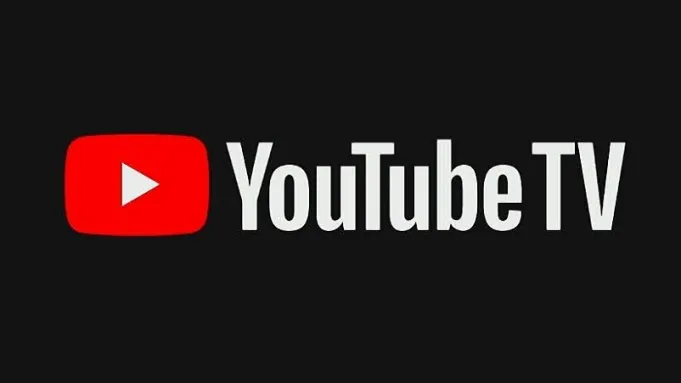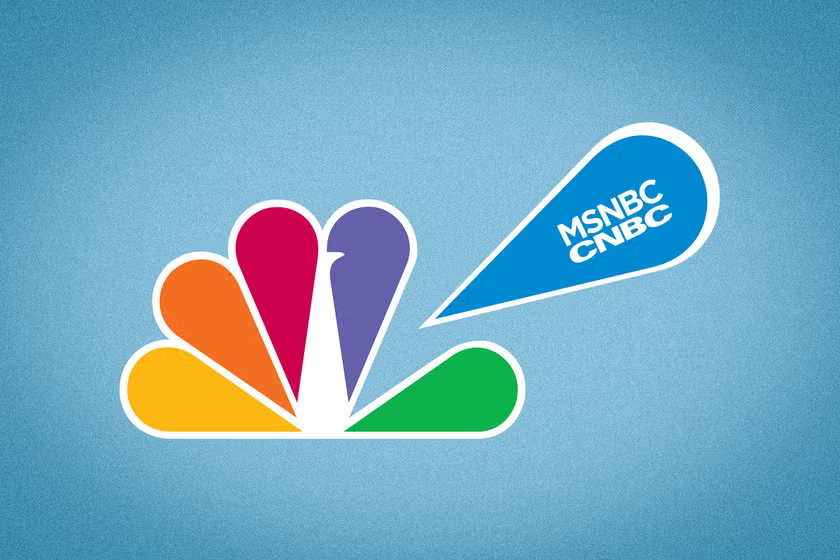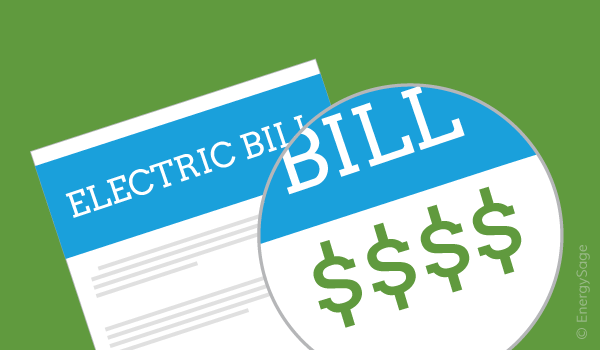YouTube TV Raises Price 14%, to $83 per Month, Citing ‘Rising Cost of Content’

YouTube TV, one of the most popular live-streaming services in the United States, has announced a significant price hike, increasing its monthly subscription fee by 14%, bringing it to $83. This move, which is set to affect millions of customers, has been attributed to the rising cost of content and the expenses involved in securing broadcasting rights. The price adjustment is one of the largest increases since YouTube TV’s launch, reflecting the ongoing pressure on streaming services as they navigate a competitive market and increasing costs.
The Price Increase and Its Implications
Starting in December 2024, YouTube TV subscribers will see their monthly bills rise from $73 to $83, an increase of $10. For many users, this marks a notable jump in their monthly entertainment budget. YouTube TV, which provides access to live TV channels, sports networks, and on-demand content, has been a major player in the growing trend of cord-cutting, where consumers move away from traditional cable TV subscriptions in favor of more affordable, flexible streaming services.
The 14% price hike follows a series of similar increases across the streaming industry, with companies like Netflix, Hulu, and Disney+ also raising their subscription fees in response to escalating production and licensing costs. YouTube TV’s decision to increase its prices also comes amid growing competition in the streaming market, where platforms are trying to balance affordability with the rising costs of obtaining and maintaining a broad array of content.
The Role of Rising Content Costs
In a statement regarding the price change, YouTube TV officials cited the “rising cost of content” as the primary reason behind the price increase. Content providers, including major broadcasters and sports networks, have been increasing their licensing fees, making it more expensive for streaming services like YouTube TV to offer live television programming. These rising content costs are a significant factor in the price adjustments being made across the streaming industry.
YouTube TV offers a wide range of channels, including news, entertainment, sports, and lifestyle programming. Securing the rights to stream these channels requires hefty financial commitments to content providers. As networks demand more for access to their programming, streaming services are forced to raise their prices in order to maintain profitability while still providing access to a broad selection of content.
Sports programming is one of the key drivers of these rising costs. Major leagues like the NFL, NBA, and MLB charge premium fees for streaming rights, especially for live broadcasts of games. As sports become more integral to the offerings of streaming services, platforms like YouTube TV must navigate increasingly expensive agreements to keep subscribers engaged. In response, services like YouTube TV often have little choice but to pass on these additional costs to their customers.
Impact on YouTube TV’s Subscribers
For subscribers, this price increase is likely to create frustration, especially those who are already paying for multiple streaming services. With competition from alternatives like Hulu + Live TV, Sling TV, and Netflix, consumers are becoming more selective about their streaming options, and any price increase could prompt them to consider whether YouTube TV remains the best option.
The $83 monthly cost for YouTube TV places it in the higher range of live-streaming services, and while it still compares favorably to traditional cable TV subscriptions, it may push some customers to reconsider their options. For example, YouTube TV’s price increase puts it ahead of many cable bundles but in direct competition with alternatives like Hulu + Live TV ($76 per month), Sling TV, and fuboTV. These services also offer similar content libraries but at different price points, which may cause some viewers to explore these alternatives more seriously.
However, YouTube TV has its strengths, particularly its broad offering of channels, including major networks like ABC, CBS, NBC, and FOX, as well as premium sports and entertainment networks. For those who value these offerings, the increased price may still be seen as justifiable, particularly when compared to cable providers that often require additional fees for equipment rentals and service contracts.
The Broader Trend in the Streaming Industry
YouTube TV’s price increase is part of a broader trend in the streaming industry, where rising production and licensing costs are pushing many companies to adjust their subscription prices. The landscape of streaming television has shifted significantly over the past few years, with viewers increasingly moving away from traditional cable packages in favor of internet-based services.
However, as the demand for content continues to grow, so do the costs associated with delivering that content. Networks and studios are continually raising prices for licensing deals, and streaming platforms are often forced to choose between raising prices or cutting back on programming options. This price adjustment by YouTube TV follows similar decisions by major players like Netflix and Disney+, who have also increased subscription costs due to the rising expense of producing and licensing content.
As a result, consumers are left with a complex landscape of streaming services to navigate, with varying content offerings and price points. Some have responded by seeking more niche services, like Peacock or HBO Max, which provide specific types of content such as exclusive movies or television series. However, others are considering bundling options, which can provide better value for money, combining services like Disney+, Hulu, and ESPN+ in one package.
YouTube TV’s Future in a Competitive Market
Looking ahead, YouTube TV will need to balance the rising costs of content with its efforts to retain subscribers and expand its user base. The 14% price hike may drive some viewers to cut back on their subscriptions or explore alternatives, but for others, the comprehensive package offered by YouTube TV could remain compelling. In particular, the service’s integration with Google’s ecosystem, including compatibility with Android devices, Google Nest hubs, and YouTube itself, could help it maintain its competitive edge.
The service has also been expanding its offerings, adding new features and channels to its lineup in an effort to keep up with the evolving preferences of consumers. For example, YouTube TV recently added more regional sports networks and improved its DVR functionality, which is often seen as a major perk for users. These updates are designed to enhance the value proposition of YouTube TV, which will be important as it competes with rivals in a crowded market.
The future of YouTube TV will likely depend on how it adapts to the rapidly changing media landscape. As content costs continue to rise and competition in the streaming market intensifies, YouTube TV must find ways to deliver value to its subscribers while managing its increasing operational expenses. The latest price hike is a response to these pressures, but only time will tell whether it will be enough to sustain the service’s popularity in a competitive and price-sensitive market.
YouTube TV’s 14% price increase, bringing its monthly subscription to $83, highlights the challenges faced by streaming services in today’s competitive market. The rising cost of content, particularly in securing live sports and premium channels, has forced YouTube TV to raise its prices in order to remain viable. While this increase may lead some subscribers to explore other options, YouTube TV’s broad content offerings and integration with Google’s ecosystem could help it retain its place as a leading live-streaming service. However, the price hike is a reminder of the growing challenges for streaming platforms as they continue to navigate a rapidly changing industry.






